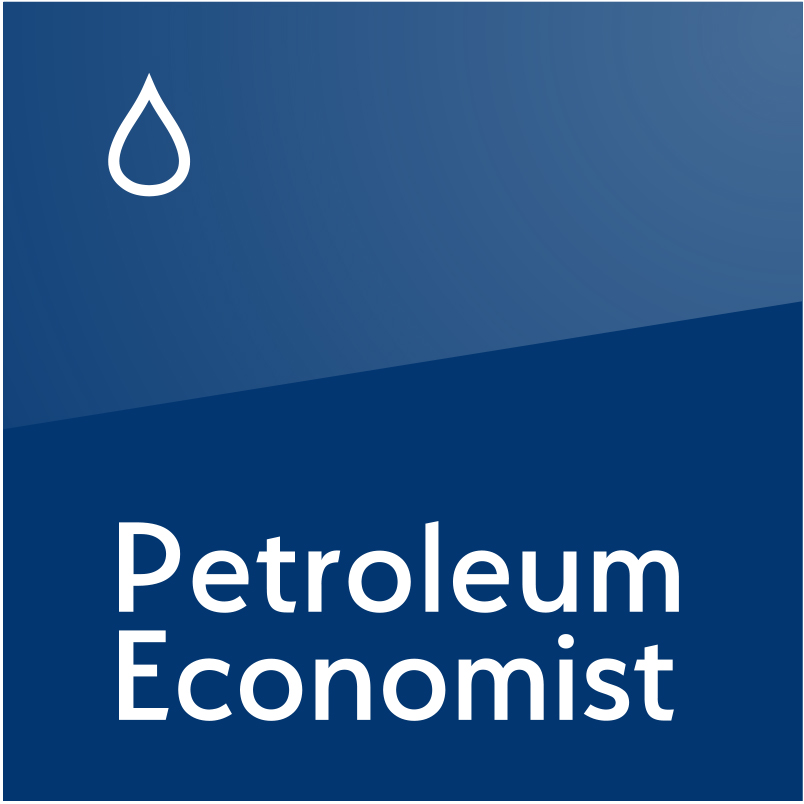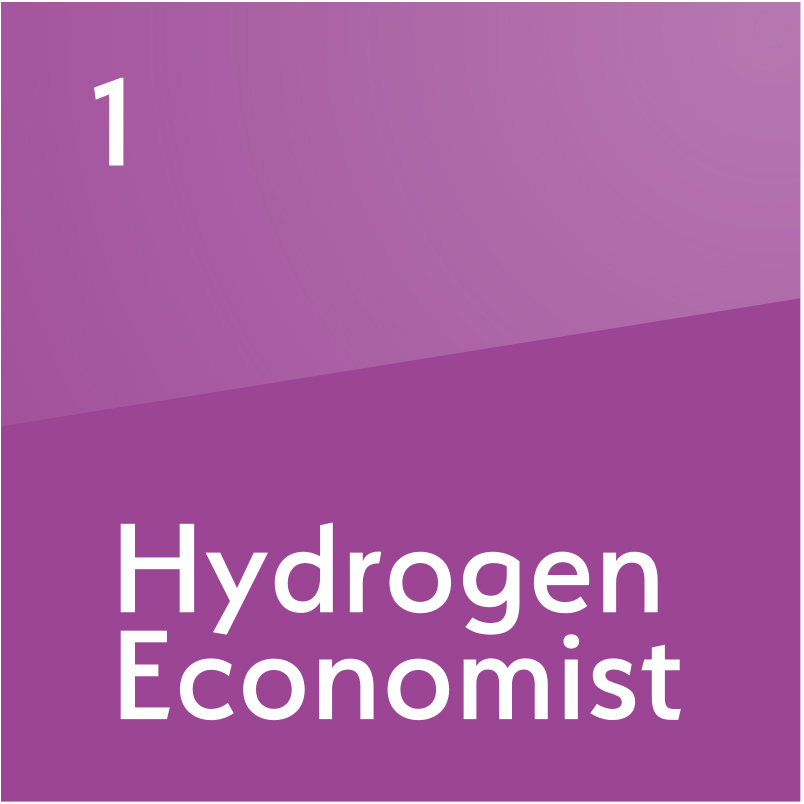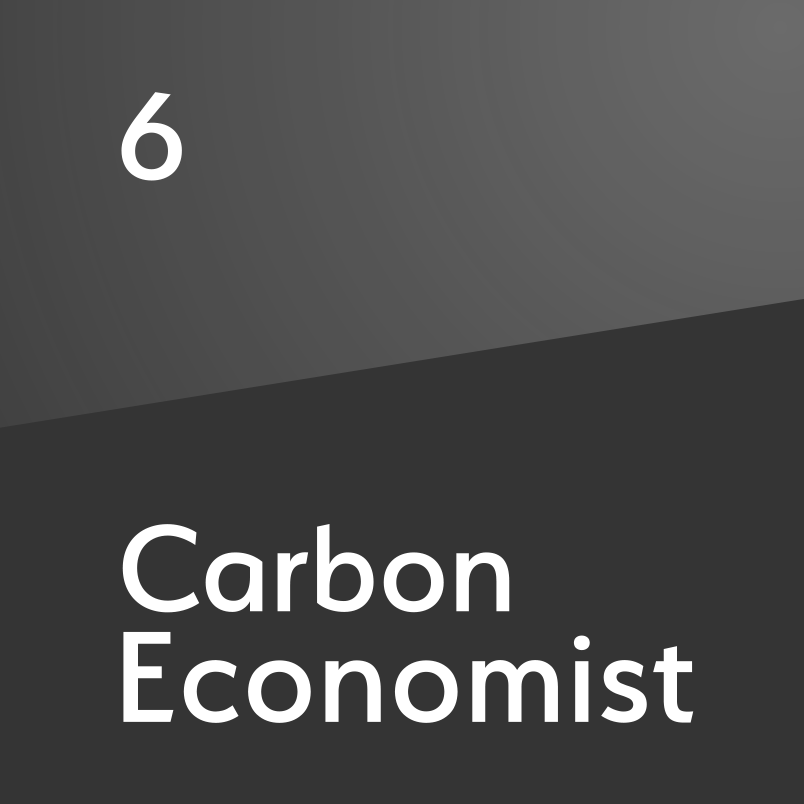Independents vulnerable to debt trap
A combination of aggressive cost-cutting and judicious hedging has given at least some independents a fighting chance of coming out the other side of the coronavirus crisis intact
Most recent coverage of the independent oil company sector has inevitably focused on how many companies will go under if oil prices do not rebound quickly. It is not hard to see why; the combined debt of independents listed in London as of 27 April, for example, was more than twice their total market capitalisation. Hedging has bought some operators valuable time—a typical company is likely to have hedged as much as 50pc of its output for at least a year. But with the price of such insurance now prohibitive, efforts to contain debt have shifted firmly towards reducing costs in general and capex in particular. “Many US-based independents have announced cuts of 40-50pc, which is quite a signif

Also in this section
30 April 2024
While its regional neighbours reap the rewards of oil and gas success, Iraq’s hydrocarbons sector is lagging behind
29 April 2024
Although recent, firmer gas prices have blunted some price-sensitive demand, the overall growth outlook remains robust
26 April 2024
While the US has been breaking records for its premium grade crude, there are doubts over whether you can have too much of a good thing
26 April 2024
Slowing demand growth and capacity expansions will squeeze refiners in coming years







